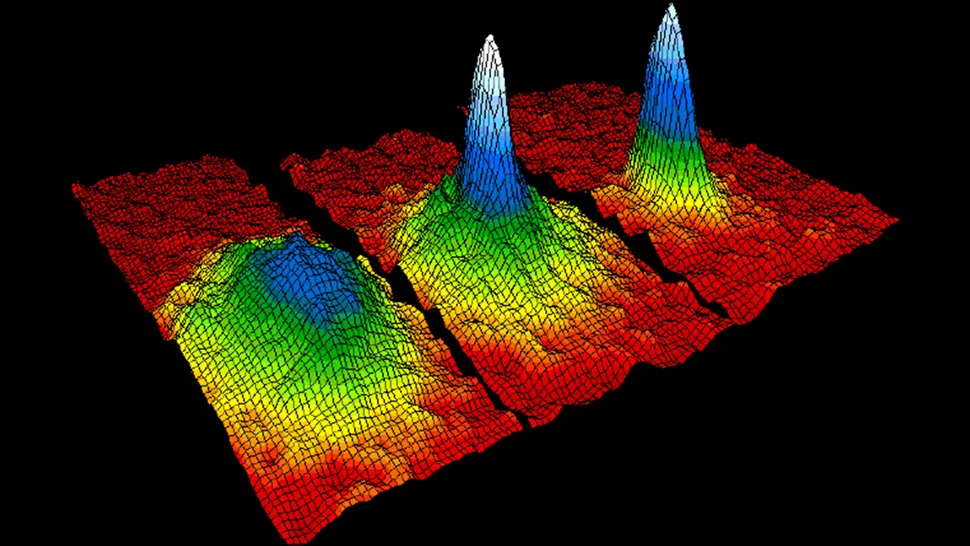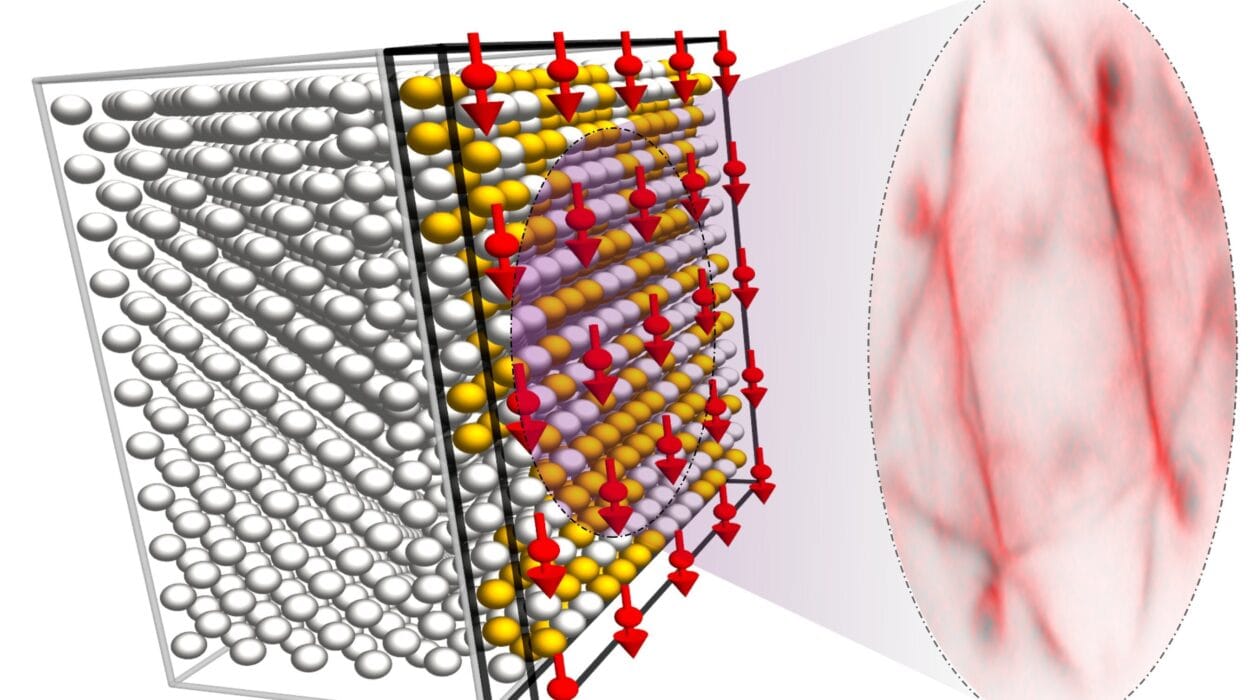Step outside and open your eyes. From the sapphire blue of the sky to the emerald greens of the trees, from the golden rays of a sunset to the brilliant red of a rose—color is everywhere. It’s easy to take for granted, this kaleidoscope we live in. But what if I told you that color is not really a property of objects, but something conjured up in your mind? What you perceive as “red” or “blue” is the result of an intricate dance between photons, atoms, and the biology of your eyes and brain. This is the physics of color—the fascinating interplay of light, matter, and perception that paints our universe in hues that dazzle, soothe, and sometimes deceive.
To truly understand why we see the world the way we do, we must start at the beginning—with light itself.
Light: The Invisible Sculptor of Color
Light is a form of electromagnetic radiation, an oscillating wave of electric and magnetic fields traveling through space. But it’s not just any kind of wave—it comes in a spectrum. The electromagnetic spectrum is vast, stretching from radio waves the size of buildings to gamma rays smaller than atoms. But only a tiny sliver of that spectrum is visible to the human eye: wavelengths between roughly 400 and 700 nanometers.
This “visible spectrum” encompasses all the colors we can perceive—from the deep violets at the shortest wavelengths, through blues, greens, and yellows, all the way to the fiery reds at the longest wavelengths. Each color corresponds to a specific wavelength of light. Violet light, for example, has a wavelength of around 400 nanometers, while red light is closer to 700.
But color is not just about wavelength. It’s about how light interacts with matter and how our eyes and brain interpret that interaction. To understand that, we need to explore how light behaves when it encounters objects in the world.
Reflection, Absorption, and Transmission: How Objects Get Their Color
When light hits an object, several things can happen. Some of it might be absorbed, some reflected, and some transmitted through. The specific outcome depends on the properties of the object’s surface and its internal structure.
Imagine a ripe tomato. White sunlight, which contains all colors of the visible spectrum, strikes its skin. The tomato’s surface absorbs most of the shorter wavelengths—blue, green, and violet—while reflecting longer wavelengths, particularly those corresponding to red. Your eyes detect this reflected red light, and your brain interprets the object as “red.”
Materials can absorb certain wavelengths due to the arrangement of their atoms and molecules. Electrons in those atoms can absorb photons of particular energies (which correspond to specific wavelengths), jump to higher energy levels, and then release energy in different forms—often as heat. The wavelengths that are not absorbed are reflected or transmitted, giving the object its color.
Transparent objects, like stained glass, can selectively transmit certain wavelengths while absorbing or reflecting others. A blue pane of glass, for instance, absorbs red and green light but allows blue light to pass through.
Thus, the color we perceive is a selective survival of certain wavelengths in the battle between light and matter.
White Light and Color Mixing: From Rainbows to Screens
When you pass sunlight through a prism, it splits into a rainbow—a spectrum of colors. This phenomenon, known as dispersion, occurs because different wavelengths of light bend by different amounts as they pass through the glass. This separation of light into its component colors demonstrates that what we perceive as white light is actually a mixture of all visible wavelengths.
Interestingly, our eyes don’t need to see every wavelength to perceive white. A carefully balanced combination of red, green, and blue light can produce the same effect. This is the principle behind color television and computer screens. Each pixel emits varying intensities of red, green, and blue light (the RGB model), which your brain blends together into a full spectrum of colors.
The subtractive model of color, on the other hand, is used in pigments and printing. Here, colors are formed by subtracting (absorbing) certain wavelengths and reflecting others. The primary colors of subtractive mixing are cyan, magenta, and yellow. Mixing them in different proportions can produce a wide range of hues.
Both models—additive and subtractive—are built on the physics of how light interacts with our visual system.
The Human Eye: A Color-Detecting Machine
The human eye is an extraordinary organ, capable of detecting a vast array of colors with remarkable sensitivity. At the heart of this ability are specialized cells in the retina called photoreceptors. There are two main types: rods and cones.
Rods are highly sensitive to light and allow us to see in low-light conditions, but they do not detect color. Cones, on the other hand, are responsible for color vision. Humans typically have three types of cones, each sensitive to a different range of wavelengths: short (S), medium (M), and long (L), corresponding roughly to blue, green, and red light.
When light enters the eye and hits the retina, it stimulates these cones to varying degrees depending on the light’s wavelength. The brain processes the relative responses of the three cone types to construct the perception of color. For example, if the L cones are stimulated more than the M and S cones, the brain interprets this as “red.”
This trichromatic system is the foundation of human color perception, but it is not universal across species—or even among humans.
Color Blindness and Super Vision: Variations in Color Perception
Not everyone sees color the same way. Color blindness, often caused by genetic mutations, affects the functionality of one or more cone types. The most common form is red-green color blindness, where individuals have difficulty distinguishing between those hues because their L and M cones respond too similarly.
On the other end of the spectrum, some individuals—particularly certain women—may possess four types of cones, a condition called tetrachromacy. This can potentially grant them an enhanced ability to distinguish subtle variations in color that are invisible to the average person.
Animals also display a wide range of color vision. Bees can see ultraviolet light, which is invisible to humans, and helps them locate nectar guides on flowers. Birds often possess four or even five types of cones, allowing them to see colors beyond our comprehension. Meanwhile, many mammals, like dogs and cats, have more limited color vision, seeing the world in muted tones.
Thus, color perception is not absolute but varies dramatically depending on the biology of the observer.
The Quantum Nature of Light: Photons and Energy
At its most fundamental level, light behaves as both a wave and a particle—a duality that lies at the heart of quantum physics. When we talk about light interacting with matter, we are also talking about photons—discrete packets of energy.
Each photon carries an energy that is directly proportional to its frequency (and inversely proportional to its wavelength). This energy determines how photons interact with the electrons in atoms. For instance, a photon with just the right energy can excite an electron, pushing it to a higher energy level. If the photon lacks the necessary energy, it passes through or bounces off.
The quantum behavior of light is crucial to understanding phenomena like fluorescence, where a material absorbs photons of one wavelength and re-emits them at a longer wavelength. Blacklight posters, glow-in-the-dark objects, and certain minerals exhibit this kind of luminescence. Their vivid colors result from quantum transitions of electrons within atoms and molecules.
Quantum mechanics also underpins the operation of lasers, which produce highly focused beams of monochromatic light—light of a single wavelength and color. Unlike sunlight, which contains all visible wavelengths, laser light is the purest form of color imaginable.
Atmospheric Optics: Why the Sky Is Blue and Sunsets Are Red
The colors we see in nature are often shaped by the behavior of light in Earth’s atmosphere. One of the most familiar examples is the blue sky. As sunlight enters the atmosphere, it encounters air molecules that scatter shorter wavelengths (blue and violet) more effectively than longer ones (red and orange). Because our eyes are more sensitive to blue, and because some violet light is absorbed by ozone, we perceive the sky as blue. This phenomenon is known as Rayleigh scattering.
At sunrise and sunset, the sun is lower on the horizon, and its light must pass through a thicker slice of atmosphere. More of the shorter wavelengths are scattered out of the direct path, leaving the reds and oranges to dominate the sky. The result is a sunset ablaze with warm colors.
Other atmospheric phenomena—rainbows, halos, sundogs—also arise from the complex interplay of light with water droplets, ice crystals, and particulate matter. Rainbows, for instance, form when sunlight is refracted, reflected, and dispersed inside raindrops, creating a circular spectrum of colors in the sky.
The Psychology of Color: More Than Just Physics
While the physics of color explains how light behaves and how we detect it, the story is incomplete without considering how we interpret color. Our brains do not passively receive signals from our eyes—they actively construct our visual experience.
Color perception is context-dependent. A gray square may appear lighter or darker depending on the background. Two different objects might appear the same color under one kind of lighting but look completely different under another. Our brains compensate for changes in illumination—a phenomenon called color constancy.
Colors also carry emotional and psychological weight. Red can evoke passion or danger, blue can be calming or sad, yellow may feel cheerful or anxious. Cultural associations further complicate the picture. White is a symbol of purity in some cultures, mourning in others. These meanings are not encoded in the physics of color—they are added by our minds and societies.
Technological Applications: From Art to Science
Understanding the physics of color has led to remarkable technological advancements. Digital imaging, printing, and photography rely on precise color models and calibrations. Color theory guides artists and designers in creating harmonious and striking compositions.
In medicine, color is used in imaging techniques, such as MRI scans and thermography, where different colors represent different tissue densities or temperatures. In astronomy, false-color images help visualize data outside the visible spectrum, revealing structures in galaxies, nebulae, and the cosmic microwave background.
Color science also plays a role in agriculture, manufacturing, camouflage, lighting design, and environmental monitoring. Whether it’s choosing paint for a room or decoding the composition of a distant star, the physics of color is central to how we understand and manipulate our world.
Conclusion: A Symphony of Light and Mind
Color is not merely a feature of the world—it is a creation born of the interaction between light, matter, and the brain. It emerges from the quantum quirks of photons, the chemical nature of surfaces, and the biological evolution of our visual system. Yet it also transcends physics, entering the realms of art, emotion, and meaning.
The next time you see a rainbow after a storm, the fiery orange of autumn leaves, or the deep indigo of twilight, remember: what you’re seeing is not just color. You’re witnessing the complex and beautiful intersection of the physical and the perceptual. In understanding the physics of color, we not only learn how we see, but we also catch a glimpse of why we find the world so breathtakingly beautiful.
Let there be light—and let it be colorful.






